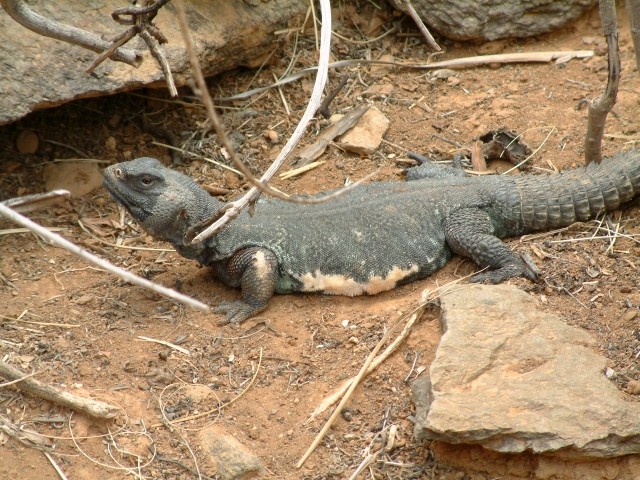Type the name of the breed you're looking for below
[wpdreams_ajaxsearchlite] Don't see the breed your're looking for? Click here and let us know!
Dab Lizard
| Place of Origin and Range | The Dab Lizard inhabits a range stretching through most of North and North east Africa, the Middle East, ranging as far east as Iran. |
| Description | Like many reptiles, these lizards' colours change according to the temperature; during cool weather they appear dull and dark but the colours become lighter in warm weather, especially when basking; the darker pigmentation allows their skin to absorb sunlight more effectively. Their spiked tail is muscular and heavy, and can be swung at an attacker with great velocity, usually accompanied by hissing and an open-mouthed display of (small) teeth. They generally sleep in their burrows with their tails closest to the opening, in order to thwart intruders. |
| Morph Patterns Available | Yes |
| Adult Size | Can grow up to 3 ft (91 cm) |
| Accommodation | They spend most of their waking hours basking in the sun, hiding in underground chambers at daytime or when danger appears. They tend to establish themselves in hilly, rocky areas with good shelter and accessible vegetation. These lizards tend to bask in areas with surface temperatures of over 50 °C (120 °F). A dedicated room with lots of rocks and substrate is the best idea. No water dish, Just plenty of leafy greens. |
| Lifespan | Can live up to 20 years |
| Feeding / Diet | These lizards acquire most of the water they need from the vegetation they ingest. |
| Breeding | A female can lay anywhere from 5 to 40 eggs, depending on age and species. Eggs are laid approximately 30 days following copulation with an incubation time of 70–80 days. The neonates weigh 4–6 g (0.14–0.21 oz) and are about 5 cm (2 in) snout to vent length. They rapidly gain weight during the first few weeks following hatching. |
| Other Considerations | Adding a water dish can cause problems with high humidity. |



